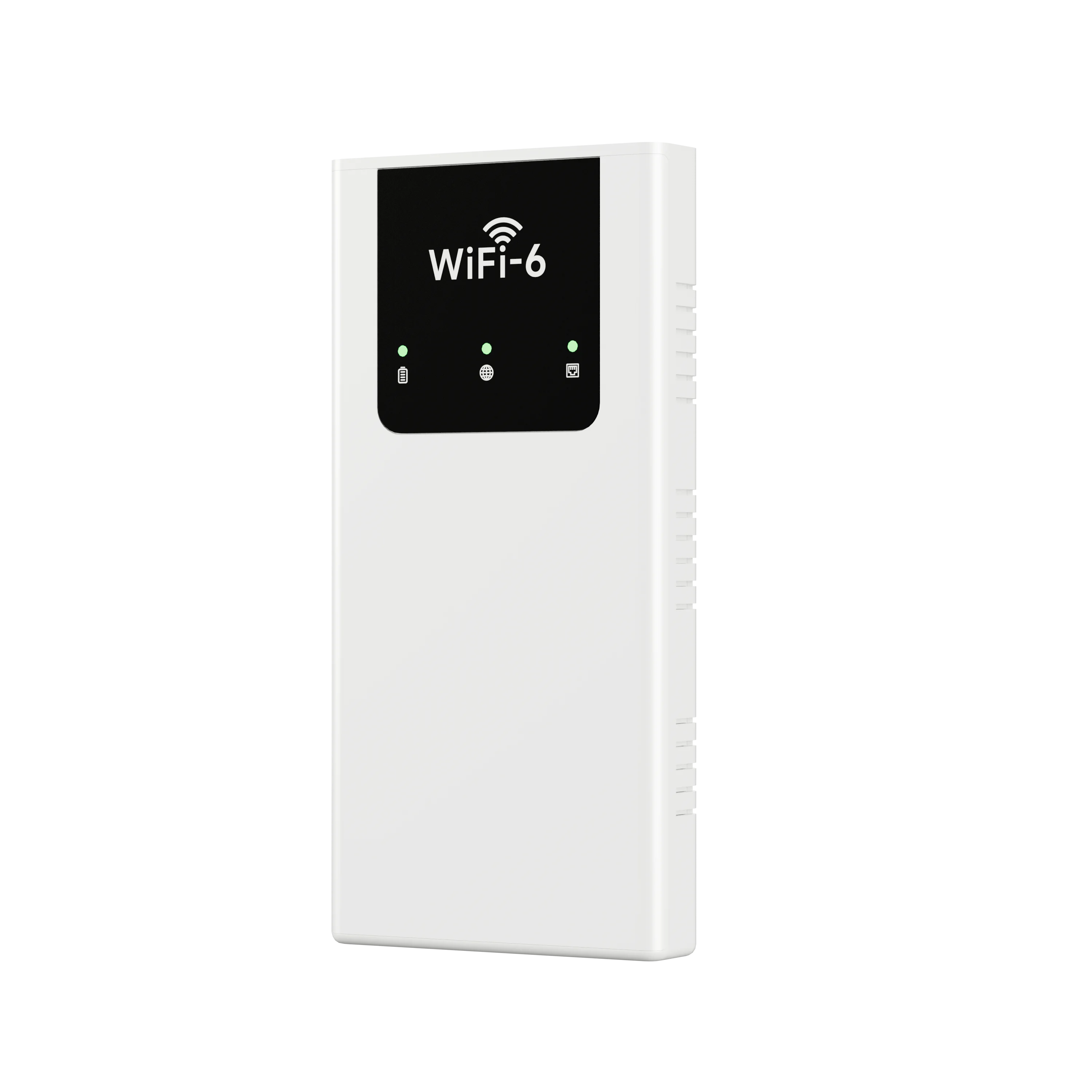Toggle switches are ubiquitous in both residential and industrial applications, serving as essential components in various electrical systems. However, like any mechanical device, they can encounter issues that may disrupt their functionality. Understanding how to troubleshoot a toggle switch effectively can save time, reduce costs, and enhance safety. In this article, we will delve into the intricacies of toggle switch troubleshooting, providing a structured approach to diagnosing and resolving common problems.
Understanding the Basics of Toggle Switches
Before diving into troubleshooting, it’s crucial to understand the fundamental operation of toggle switches. A toggle switch is a mechanical switch that controls the flow of electricity in a circuit. It typically has two or more positions, allowing users to turn devices on or off. The internal mechanism consists of a lever that moves a contact point, completing or breaking the circuit.
Common Issues with Toggle Switches
- No Power to the Switch: One of the most common issues is the absence of power reaching the switch. This can be due to a blown fuse, tripped circuit breaker, or faulty wiring.
- Switch Sticking or Jamming: Over time, dirt, dust, or mechanical wear can cause a toggle switch to stick or jam, preventing it from moving freely between positions.
- Intermittent Functionality: Sometimes, a toggle switch may work sporadically, which can be indicative of internal wear or poor connections.
- Electrical Shorts: A short circuit can occur if the switch's internal components are damaged or if there is improper wiring, leading to potential hazards.
Step-by-Step Troubleshooting Guide
Step 1: Safety First
Before attempting any troubleshooting, ensure that the power to the circuit is turned off. Use a multimeter to verify that there is no voltage present at the switch terminals. This step is crucial to prevent electrical shock and ensure safe handling of the switch.
Step 2: Inspect the Wiring
Examine the wiring connected to the toggle switch. Look for signs of fraying, corrosion, or loose connections. If the wiring appears damaged, it should be replaced. Ensure that all connections are tight and secure, as loose wires can lead to intermittent functionality.
Step 3: Test for Power
With the power restored, use a multimeter to check for voltage at the switch terminals. If there is no voltage, trace the circuit back to the power source, checking for blown fuses or tripped breakers. If the power supply is intact, the issue may lie within the switch itself.
Step 4: Examine the Switch Mechanism
If the switch is receiving power but is still not functioning correctly, it’s time to inspect the switch mechanism. Remove the switch from its housing and check for any visible signs of damage or wear. Pay attention to the toggle lever and internal contacts. If the switch is jammed, gently clean around the lever and ensure that it moves freely.
Step 5: Conduct a Continuity Test
Using a multimeter, perform a continuity test on the switch. With the switch in the on position, there should be continuity between the terminals. If there is no continuity, the switch may be faulty and require replacement.
Step 6: Replace the Switch if Necessary
If all tests indicate that the switch is defective, it’s time to replace it. Ensure that the new switch matches the specifications of the old one in terms of voltage and current ratings. Proper installation is crucial; follow the manufacturer’s instructions carefully to avoid future issues.
Preventive Measures
To minimize future problems with toggle switches, consider the following preventive measures:
- Regular Maintenance: Periodically inspect and clean toggle switches to prevent dirt buildup and mechanical wear.
- Use Quality Components: Invest in high-quality switches that are rated for the specific application to enhance durability.
- Educate Users: Ensure that all users understand the proper operation of toggle switches to prevent misuse.
Conclusion
Troubleshooting toggle switches may seem daunting, but with a systematic approach, most issues can be resolved efficiently. By understanding the common problems and following the outlined steps, you can ensure that your toggle switches operate reliably and safely. Remember, regular maintenance and quality components are key to preventing future issues, allowing you to enjoy the convenience and functionality that toggle switches provide.
